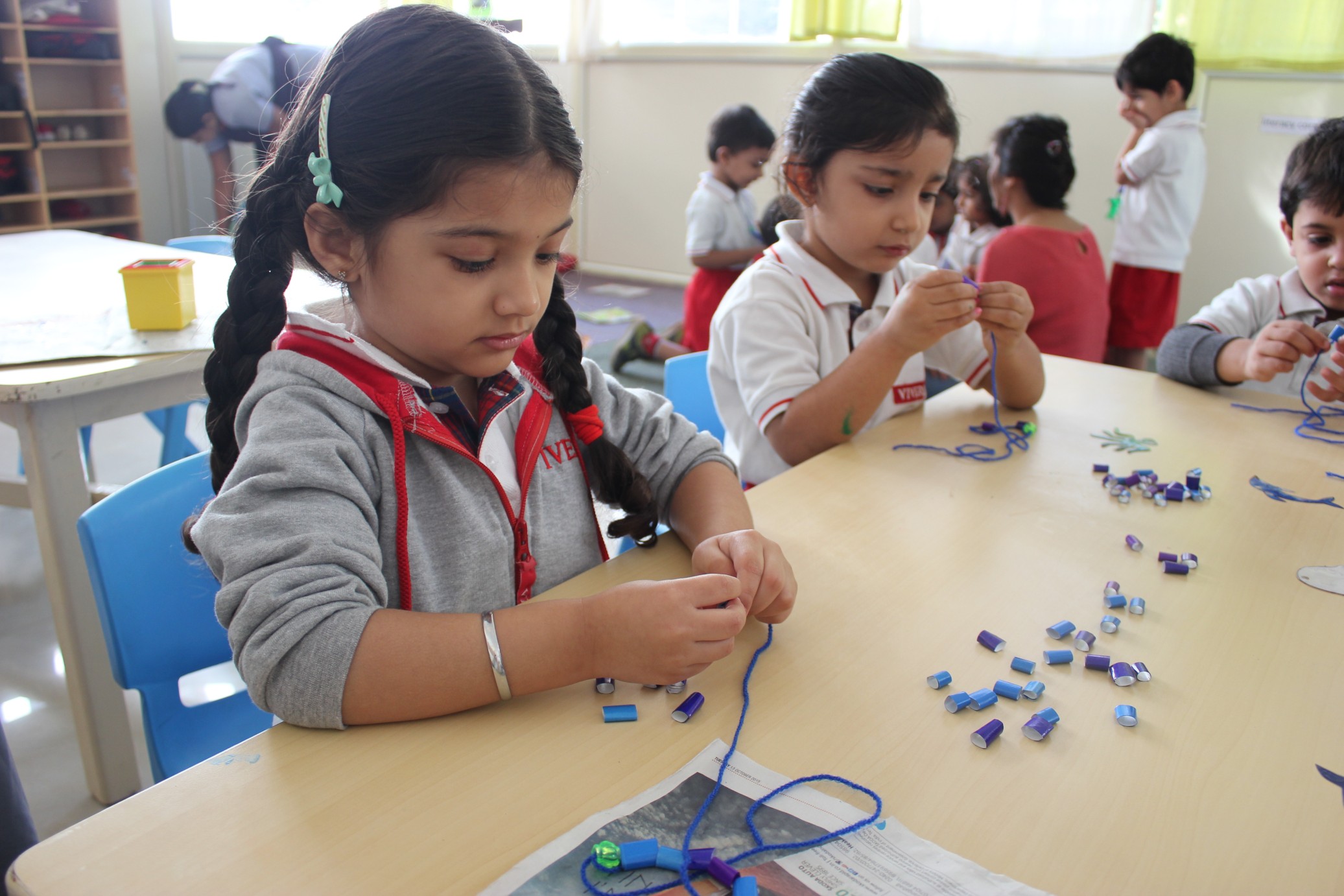- Call/Whatsapp: +91-9372801276
- Mail us: info@viverointernational.com
Gerard Puccio, chair, International Center for Studies in Creativity defines Creativity as “the ability to see new opportunities, to produce original ideas, to flexibly adapt to changing situations, and apply one’s imagination to solve complex problems”.

“The home is an ideal place to start encouraging children to think creatively and critically. During conversations and discussions, parents should prompt children to ask questions, reason, and ideate solutions to problems. Developing capabilities to question, reason and debate are critical for stimulating children to think innovatively. All children are naturally curious and adults have to encourage them to transform their curiosity into creativity,”
Start with providing creative spaces. Children need conducive spaces at home and school to practice and display their creativity. Provide boards, chalk boards, and other spaces where children can display their creative work, post ideas, designs and decorations. It will motivate children to engage in creative activity.
Encourage discovery and exploration through unstructured play. The consensus among child psychologists is that encouraging unstructured play is the best way to nurture children’s curiosity and sense of discovery. By providing your children free play time, you provide them opportunity to improvise games and activities using their imagination.
“Allow children time for independent play so they can explore, discover and learn on their own. In particular in early childhood, children learn through unstructured and unsupervised play. Independent play teaches children to become self-reliant, creative, imaginative, and improves their focus and critical thinking capabilities,”
Here are some independent play ideas for pre- school children:
Storytelling : Oral storytelling is an age-old tradition to spark children’s imagination. Stories told before bedtime, during car and train journeys and weekends have great impact on child’s thinking process. Moreover, once a week schedule a story-building.
The benefits of encouraging creative activities including art, dance, music, drama, science exploration etc. Seven physical and cognitive benefits of engaging children in creative activities:
REFLECT
It’s great for children to immerse themselves in projects, but it’s also important for them to step back to reflect on what’s happening. Encourage children to reflect by asking them questions about their projects. You can start with - “How did you come up with the idea for this project.” The question prompts them to reflect on their motivation and inspiration. Imagine the children in your life as creative thinking apprentices; you’re helping them learn to become creative thinkers by demonstrating and discussing how you do it.
